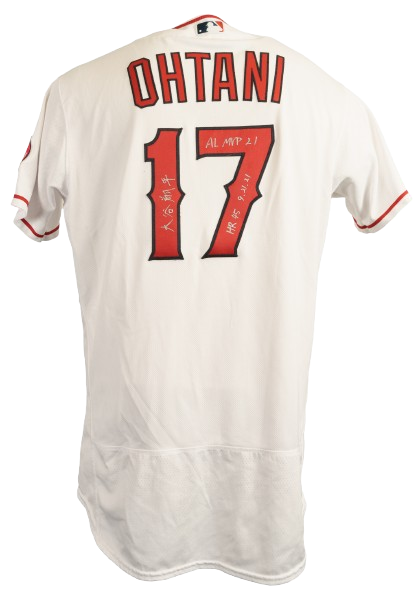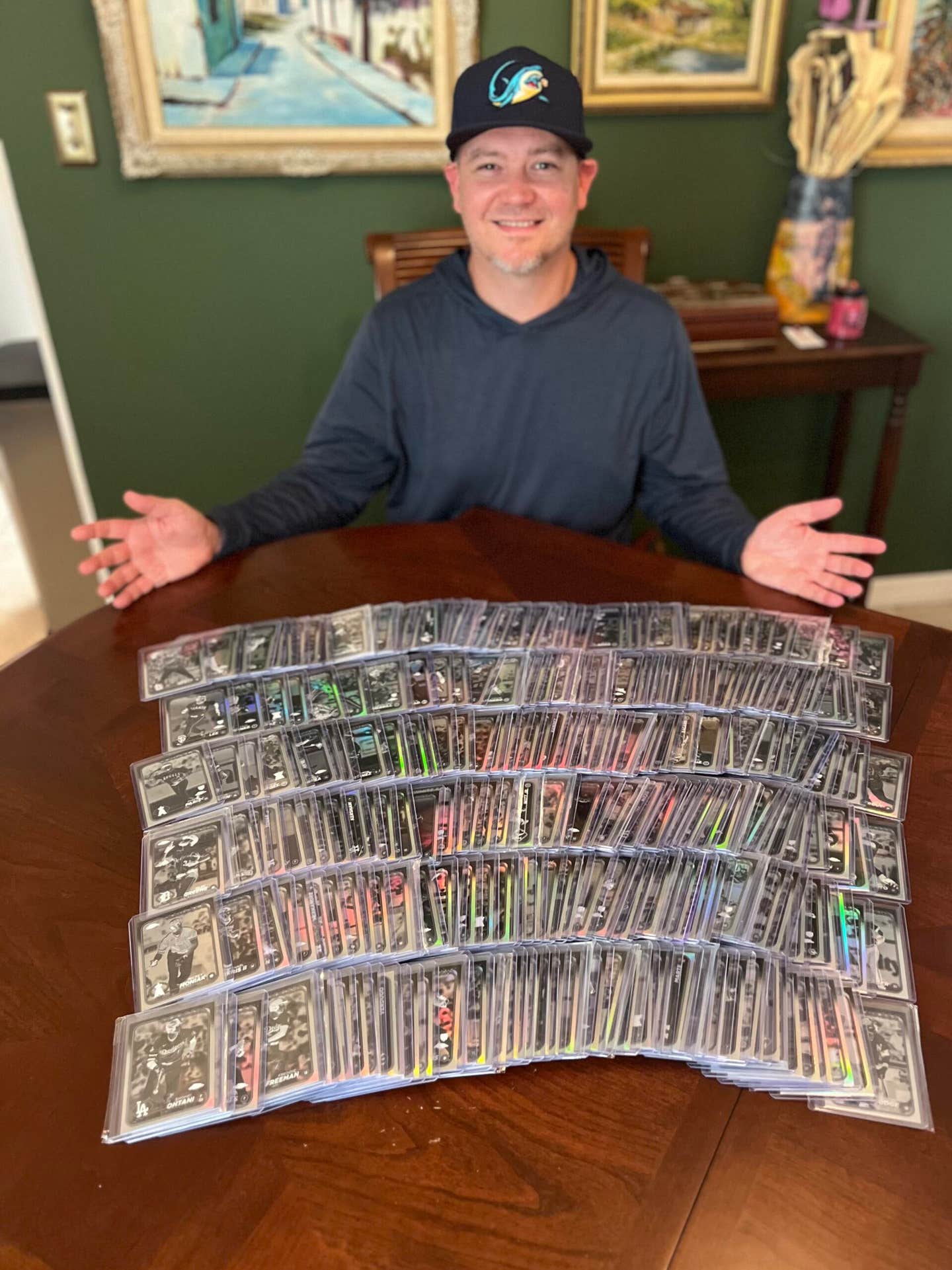Collecting 101
Your leather friend will always be there for you
It seems to be fact that the baseball bat has always seemingly represented the masculine power, force or aggression of baseball, while the sly, demure glove is used to soften, dampen, encapsulate the bat-propelled baseball, often traveling off the Northern Ash at more than 120 mph.
And then there's the love and adoption that a player feels for his glove, dearer in terms of cost, tenure and affection than that of his wooden bat. A bat might retain some of the same sentiments, but wooden bats frequently break and a broken bat is quickly discarded. A glove can last for a decade or even a lifetime.
The masterfully employed glove becomes a stealthy robber, a thief of the masculine energized base hit. And, like a woman, it's faithful and beloved - if it makes the catch - and conversely and unfortunately frequently blamed if the ball gets through. True glovers know, though, that it's rarely the fault of the glove but of the adaptor. Correct application is crucial on defense.
I've often contemplated how a glove is supposed to operate. The glove must ensnare the moving baseball, but this doesn't remain a permanent circumstance. The mitt must also be flexible enough to release the sphere for a possible throw from the opposite hand. The glove cannot be too hard, or in practicality, too soft. The pocket is the first line of capture in the glove, where the fielder hopes the ball fits into this concave enclosure, so he can squeeze the ball to rest. The webbing often becomes the second redoubt for the glove, as spin and torque can cause the ball to attempt escape from even the best of pockets. Or, if it happens to strike the webbing first, it's here that a springy entrapment comes into play, not too unyielding though. The web must act as a netting to capture and hold the ball.
It wasn't always so. There were no gloves in the genesis of the baseball game. Original baseballs in the 1800s were softer than today's, but gradually they became harder with machine windings. This combined with increased speed from thrown balls and batted balls as technique improved created a problem for players' hands, especially those of the catcher who not only caught more balls but also dangerous foul tips. Doug Allison of the first professional team, the Cincinnati Red Stockings, became the first noted catcher to don protective gloves. The idea soon took hold and eventually spread to other defensive positions. By the mid-1880s, gloves were padded, and the new rounded catchers mitt was introduced by Harry Decker.
In one form or another, gloves gradually became larger and modified with webs, diverted seam finger stalls until finally in the early 1920s. Bill Doak came up with a vastly improved model that had a preformed pocket that made catching the ball much easier. He went to Rawlings with the idea and defenses quickly improved. Most of the innovations from Doak's to present day have come from suggestions and ideas from players who would explain what they wanted to the glove companies' designers. The modern glove hinge idea was one such result.
When I was 5 or 6 years old, I fell in love with baseball in our hometown of Greenville, Texas. For one year, it was one of the most exciting baseball communities in the country. The local minor league team was so popular that it set a minor league record for attendance for its size. It seemed everyone in the city was going to or talking about the team and about baseball. I played with a fashioned cutoff broom handle for a bat but getting a glove during World War II was next to impossible. So we improvised with a leather boxing glove.
As a kid growing up in Texas, sandlot games were common from April to August. When we lined up on our fully integrated childhood teams just prior to Jackie Robinson breaking the color barrier, we would often trade out gloves to those who didn't have them.
One of our youthful practices was to play "burnout." You'd stand fairly close to one another and play catch, but you would throw as hard as you could to "burnout" the other fellow. Sort of a game of chicken and you'd better have tough palms if you wanted to be successful.
What a joy it was when Rawlings brought out the trapper mitt, which was also called the "Claw." With this mitt, you could catch the ball in the loosely folding middle finger without smacking and stinging your palm. Those equipped with a trapper usually won the burnout contests.
When I was a senior in high school, Nocona Athletic Goods introduced a kangaroo leather glove, and I bought one. It was a marvel to catch with, slightly thinner leather, but rugged as cowhide and almost no break-in required. I played with the Nokona Kangy until losing the precious keepsake in the service. I play with a Nokona Kangaroo softball glove today in senior softball, nearly a half century later.
About 15 years ago while experimenting with glove manufacturer Nocona, we began making and selling their replica gloves. We also discovered that there were people around the country who were enjoying collecting and assembling baseball gloves from as early as turn of the century to more modern USA-made gloves. Soon this turned into several thousand.
Collectible glove values increased as the hobby expanded, with the greatest demand coming for gloves of the great stars of the past who had their endorsed signatures imprinted on gloves and mitts. These were gloves of players like Babe Ruth, Ty Cobb, Lou Gehrig and Christy Mathewson.
Glove brands from the past like the famous Draper & Maynard (Babe Ruth's first model) Goldsmith, Stall & Dean, were affectionately collected by glove followers.
Soon a market began to develop for gloves that the players actually had on their hands and as recently as in the past five years, a Lou Gehrig mitt has sold for $350,000 in auction. Paying $25,000 to $100,000 is not uncommon for star players gloves these days. The new owners of these gloves could now poke their hand into the same glove that a Mickey Mantle or Willie Mays might have used. Many of these player-used gloves are on display at the Baseball Hall of Fame Museum in Cooperstown, which makes ownership even more prestigious to collectors who range from corporate executives and movie stars to current ballplayers themselves.
In the past 15 years, our business has bought, sold and looked at probably more than 5,000 baseball gloves, some made before the turn of the 20th century. I've owned cowhide, kangaroo (wallaby), buffalo and ostrich gloves. (The last ostrich leather glove was sold to former baseball star Andre Dawson).
What we've discovered over the years is that there are many thousands of glove fans out there who adore baseball gloves. Since 1989 we've published a glove collector newsletter for a relative small but loyal audience. Most of the interest and value is placed on the player-endorsed gloves such as Ruth, Gehrig or Mantle, but there's been a steady devotion to the century old gloves and the unusual models as well in the past five years.
The Rawlings company made a nice attempt back in the 1970s to properly place the glove in context of a baseball icon when it stated in its promotional literature: "A baseball glove is the leather of adventure, worthy successor to the cowboy holster, the trooper's saddle and the buckskin laces of the frontier scout; it is combat, heroics and victory...a place to smack a fist or snuff a rally."
Darrell Berger undoubtedly penned it best however, when he wrote: "Of all the stuff associated with baseball, the leather put on the hands is the most evocative, the most comforting. Absolutely essential, it makes the game possible, helping us to deaden the pain, extend our range, catch what must be caught. A player's glove is a player's friend. That's why I mourn those I no longer have and cherish and protect the few I have carried with me since boyhood."
Berger had it right. I've often been asked what my favorite glove is. It's simple. It's the glove that makes the catch, especially the difficult stop. Then my sweetheart wins my adoration.








